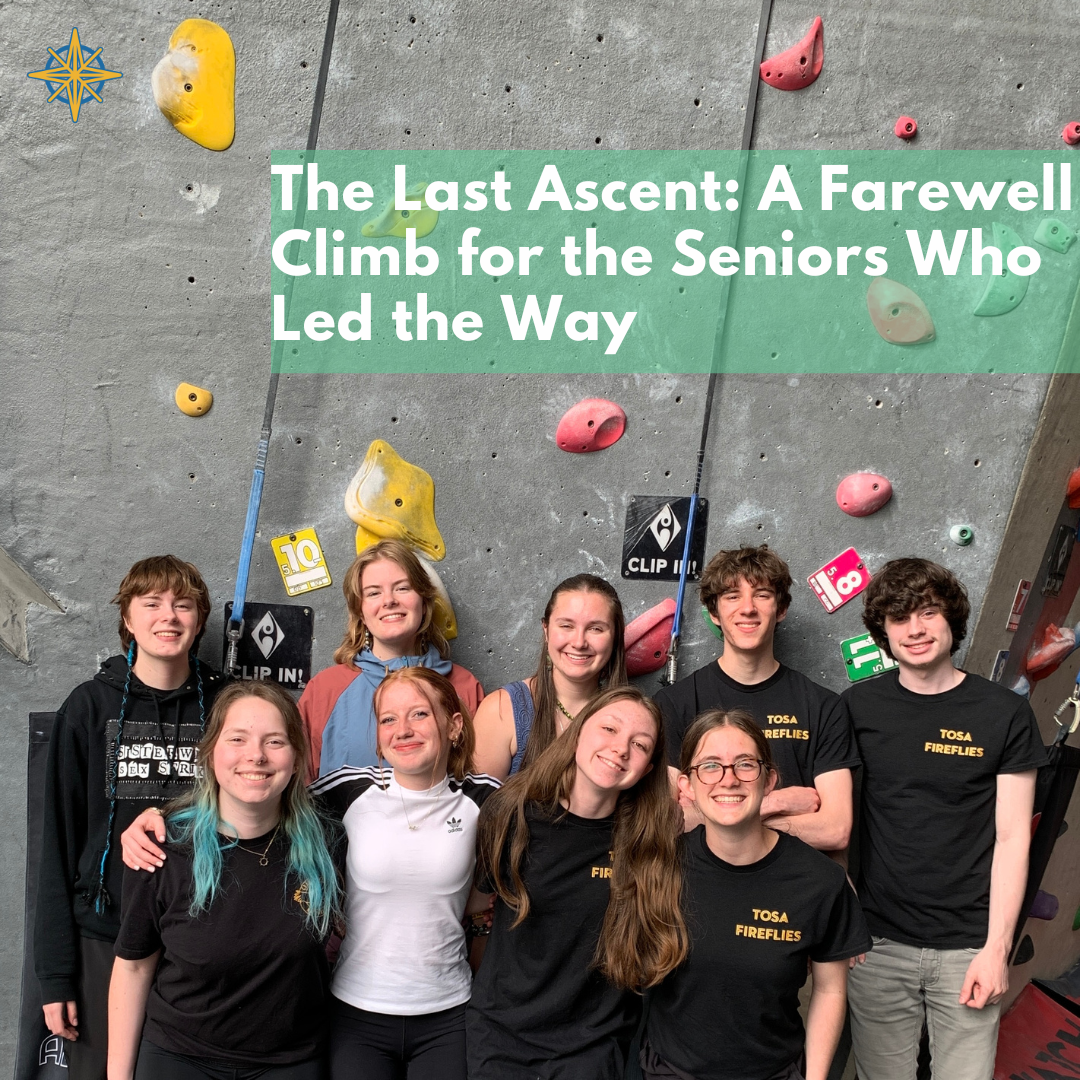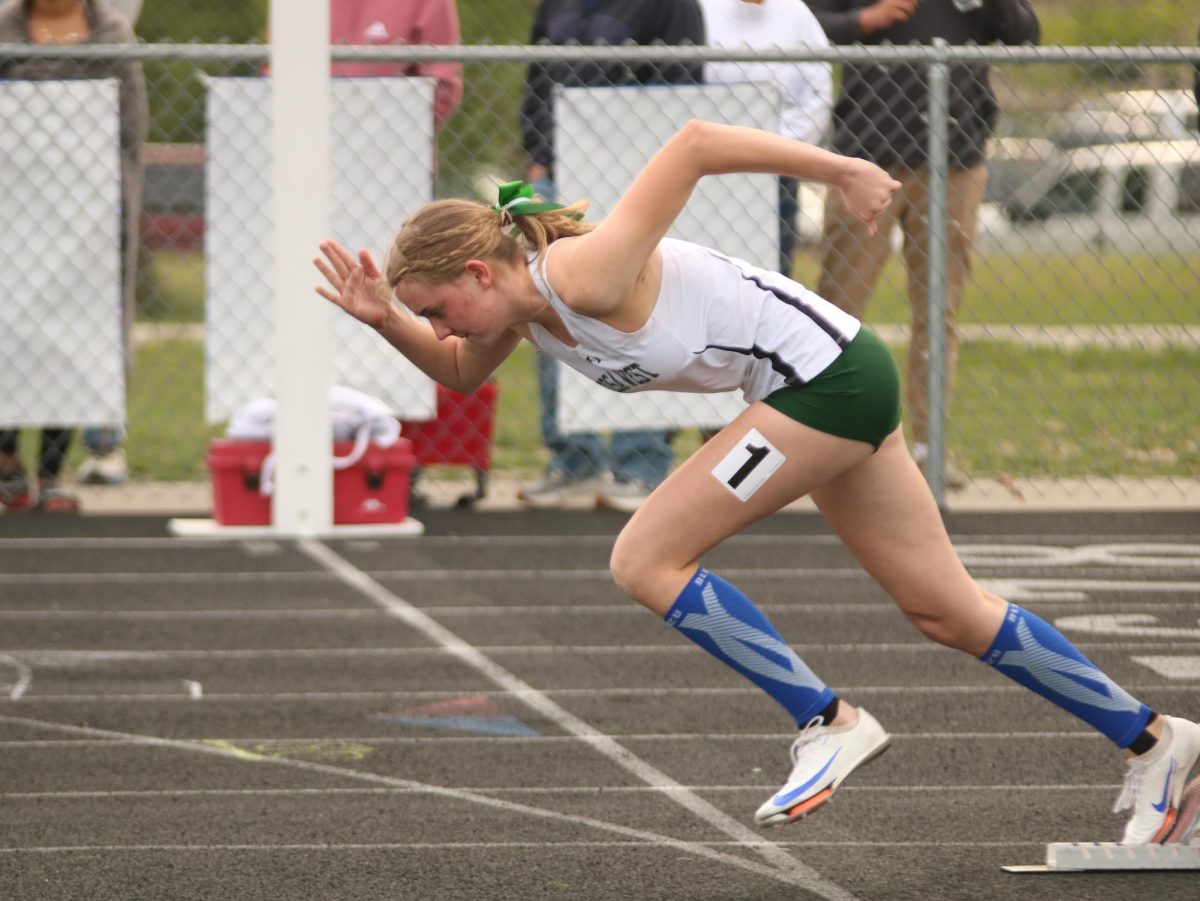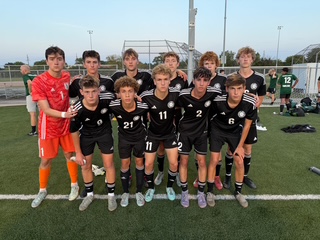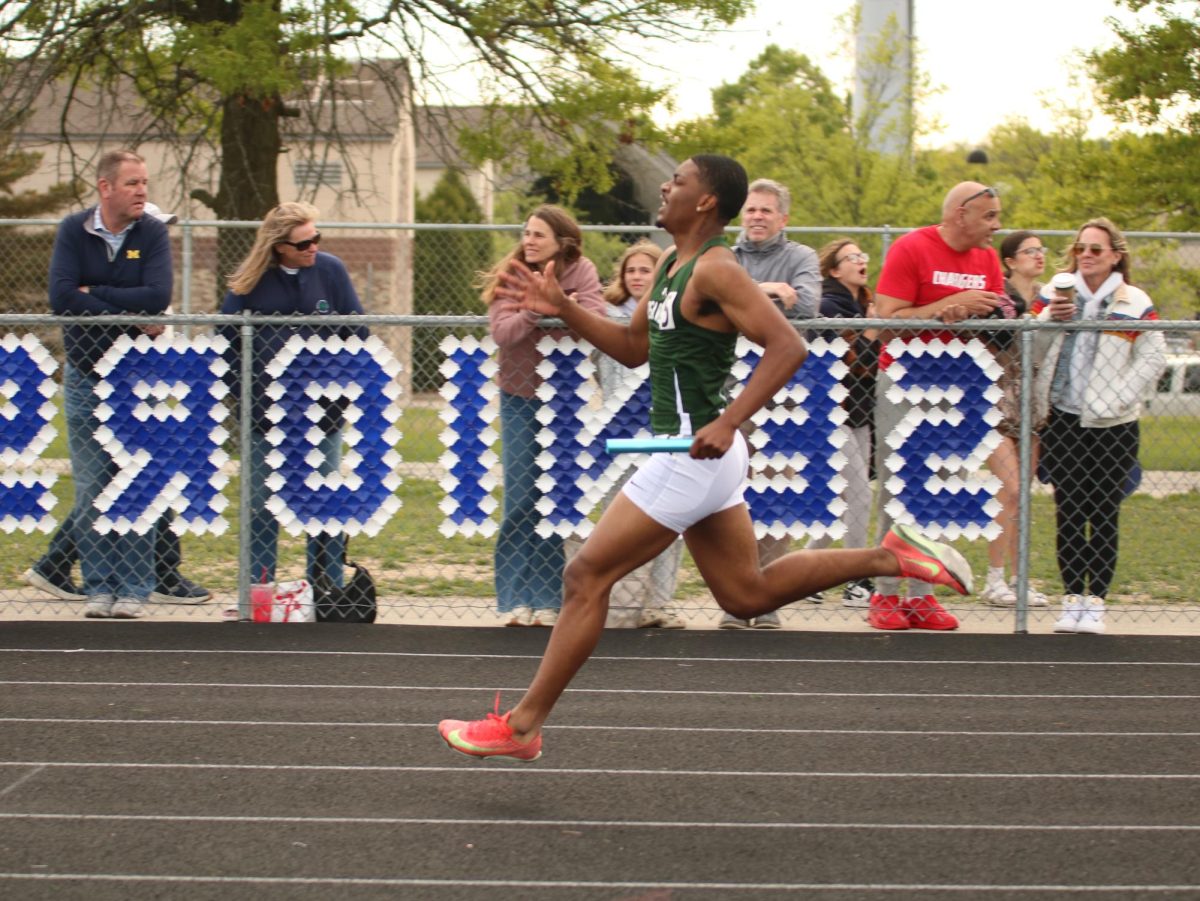 Forty pairs of shoes squeaked on the gym floor as members of this year’s IBA teams sprinted back and forth across four courts in the large and small gyms. Teammates and student spectators watched and cheered from the sidelines. Originally, IBA was sporadic, but over the years, it has become an integral aspect of Wauwatosa West’s culture and history.
Forty pairs of shoes squeaked on the gym floor as members of this year’s IBA teams sprinted back and forth across four courts in the large and small gyms. Teammates and student spectators watched and cheered from the sidelines. Originally, IBA was sporadic, but over the years, it has become an integral aspect of Wauwatosa West’s culture and history.
Tom Norstrem and Brad Schuster were the main teachers involved in getting today’s IBA up and running. When Norstrem began teaching at West sixteen years ago, IBA had previously existed on and off for years. However, these teachers decided it might be interesting to see what they could do with the program. “It was almost on a whim,” said Norstrem, “and we just decided we’d do it.”
After this decision, the teachers set about turning IBA into something students wanted to be a part of. “We wanted to give every student who wanted to do this a really good experience,” said Norstrem. The teachers listened to the participating students’ suggestions; for this reason, team scores and standings became an important aspect of the program. “We’ve turned it into something that we thought we heard people say they really wanted,” commented Norstrem.
In addition to listening to students, Norstrem and Schuster introduced a contract. Students have to keep their grades up in order to participate in IBA and are made aware of expected behavior. “We were very aware of the connection between grades—academics—and athletics, and we saw this as an opportunity to teach students about that importance as well,” Norstrem remarked. As with all developing organizations, there were kinks to be worked out. One of the few concerns that still persist today is the intensity of some teams. According to Norstrem, “Sometimes there’ll be a team that gets snippy with the team they’re playing, and then instead of just this really community event on Thursday nights, it turns into something you kind of have to watch.” While no fist fights have actually ever broken out, heated arguments have occurred. This intensity, though still present, is less severe than it used to be. In response to this, Ahmadou Mfinga, a member of the Jawbreakers, said, “We’re pretty laid back unless we’re playing a team we don’t like as much. Then we get serious.”
IBA’s sheer size has increased over the years. This year, there are 14 teams participating. On any given Thursday, with all the teams that are playing and the students who serve as referees and time keepers, there are about 150 students and staff participating in the event. Team names and uniforms have also become a bigger deal. With team names like the Fighting Amish, the Tune Squad, and Los Lobos competing this year, it is generally felt that a team name needs to be something unique and interesting. “We actually just Googled funny names and this was one of the names that popped up,” said David Wakeland of the Fighting Amish. Most teams also have T-shirts made, and some choose to get professionally made uniforms. This year’s Monstars bought reversible jerseys that cost each team member $29.
Students aren’t the only ones who enjoy IBA either. Chad Mateske, a U.S. History teacher at West, echoes the words of other staff members as he says he likes IBA because “We like to go out and compete with students outside the classroom. There’s good competition, and,of course, some pretty good smack talk as well.”














